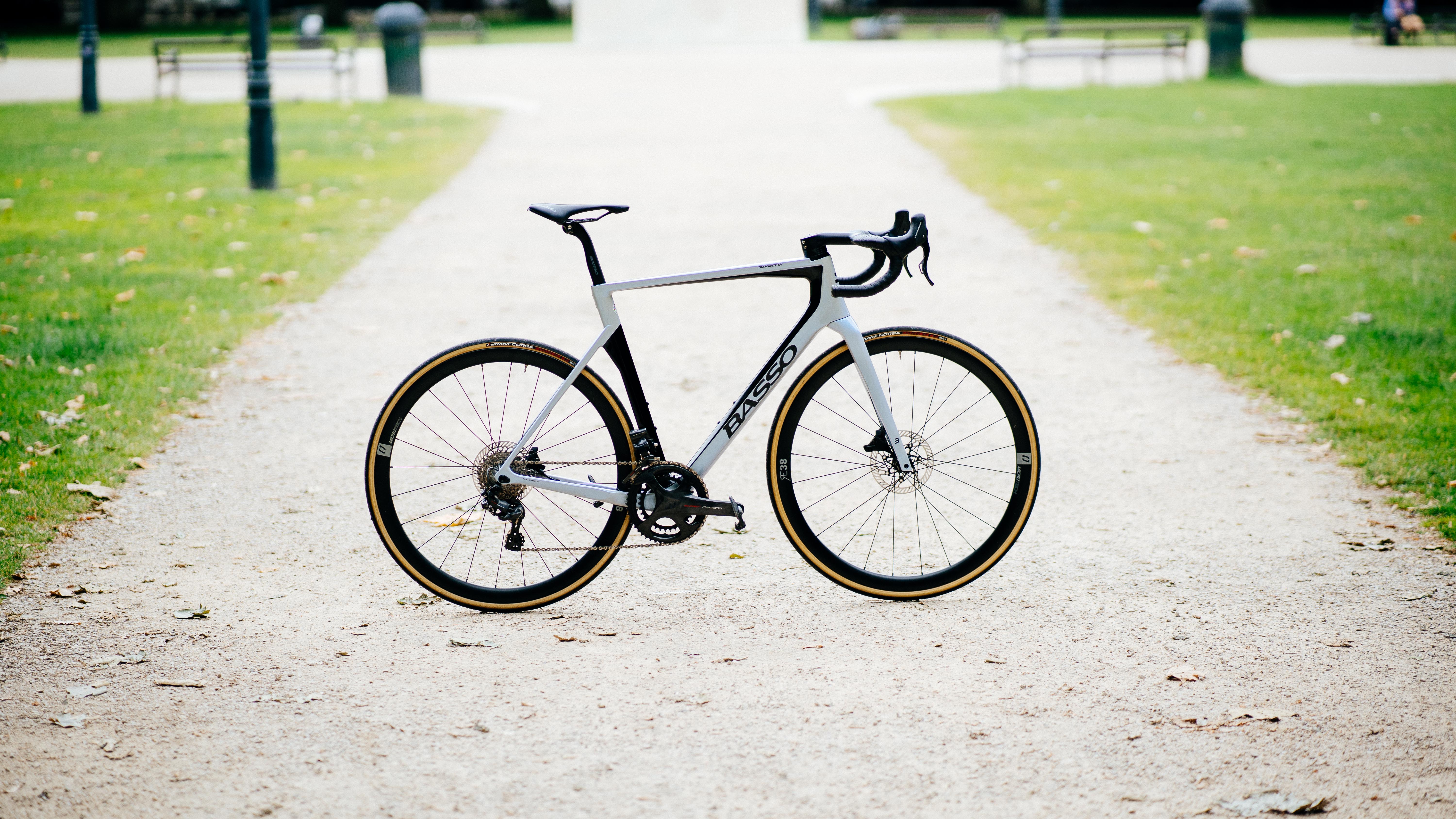
Once again I find myself facing a blank page, trying to find a way to tactfully write buying advice for a bike that is far beyond the realm of affordability for so many of us, during a cost of living crisis. I am, however, always reminded when trying to write these reviews of primarily Italian superbikes that when I was 14 years old I would happily read Top Gear magazine for hours, scraping together my pocket money to buy some new cranks and a far cry away from being able to put a downpayment on a Ferrari. For some of you, I’m sure this is a way to live vicariously and get a taste of what it's like to ride something that is clearly in 'dream bike' territory.
The Diamante SV, the ‘Super Veloce’ version of the Bassano-based brand’s range-topping road bike, is premium, and while it makes some light-hearted aero claims it’s far more a bike that rubs shoulder with the Colnago C68 than it does with something like the truly race-oriented Bianchi Specialissima.
My test unit is kitted out with the now superseded, not wireless Campagnolo Super Record EPS groupset, just to up the bling factor. The bike you can buy off the shelf right now is $11,899 / €11,599. If you want to upgrade the stock wheels, which we will get into further on in the review, you'll need to add an extra €900.
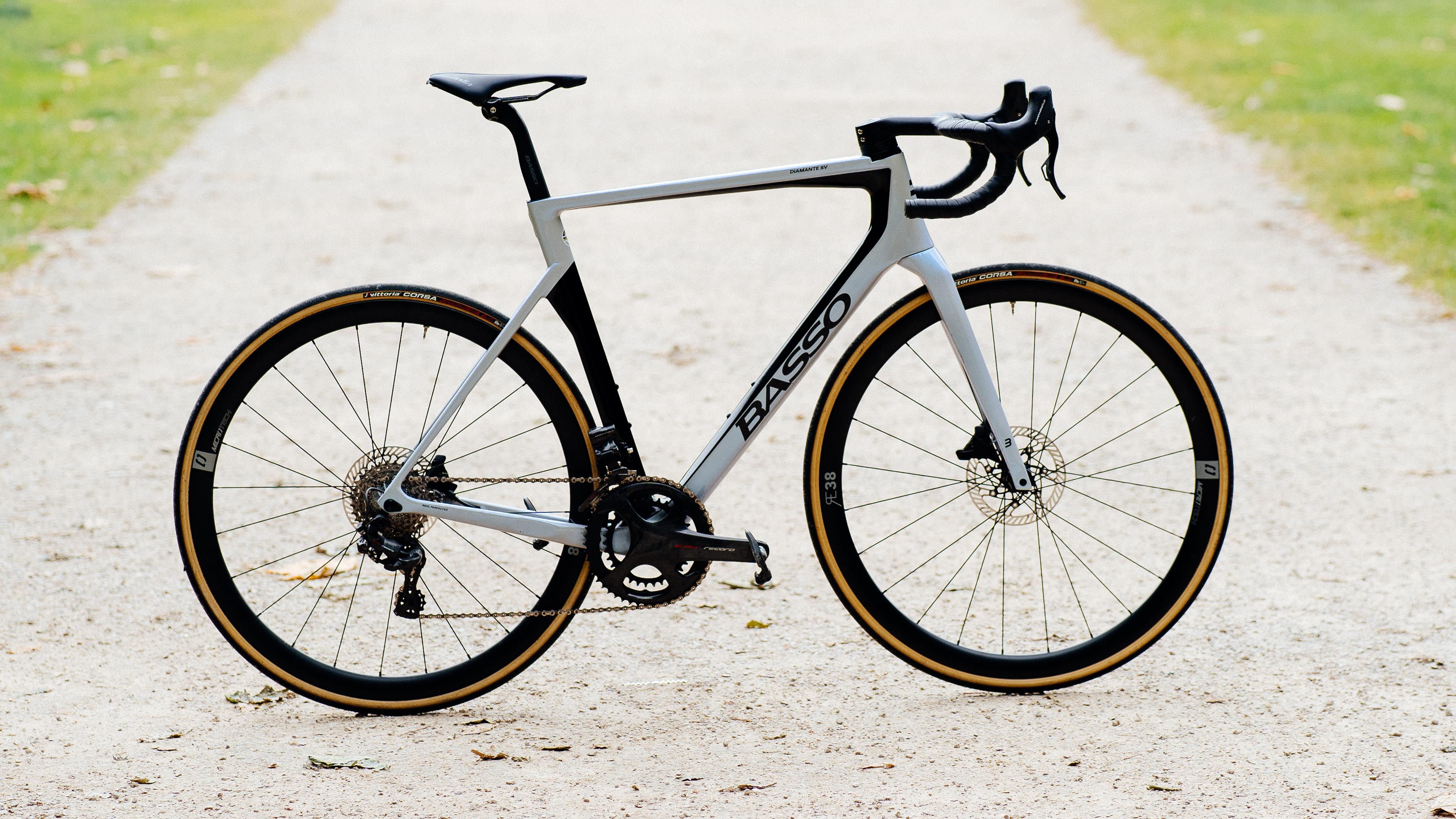
Design and aesthetics
A while ago I penned a bit of a rant, centering on how all aero bikes look the same. This has fortunately changed somewhat, with brands now coalescing on a new standard of a one-bike solution, but even against a diversifying visual backdrop, the Diamante SV silhouette is relatively unique. Within the Basso brand, the straight-legged forks are the norm and shared with even the new, much more affordable Venta R that I reviewed earlier in the year, but the stance of the Diamante SV is more purposeful. The kinked forward fork legs look great, and despite the fact that no real substantive aero claims are made the bike at least looks like a passing nod has been given to aerodynamics.
The main thing that probably strikes you is that it looks tall. Compared to bikes of equivalent size from other brands the Diamante SV (as well as many from the Basso range) has a much taller head tube and a taller seat tube. This gives a unique look, but also for the same bar height it makes the bike longer. If you have a shorter head tube and take up the additional height with spacers on the steerer you effectively move the bars rearward at the same time due to the rake of the head tube. Fewer spacers for the same bar height means a longer reach - just something to bear in mind if you ever need to fit yourself up to one of these. I found myself having to slam the saddle forward perhaps more than I usually would.
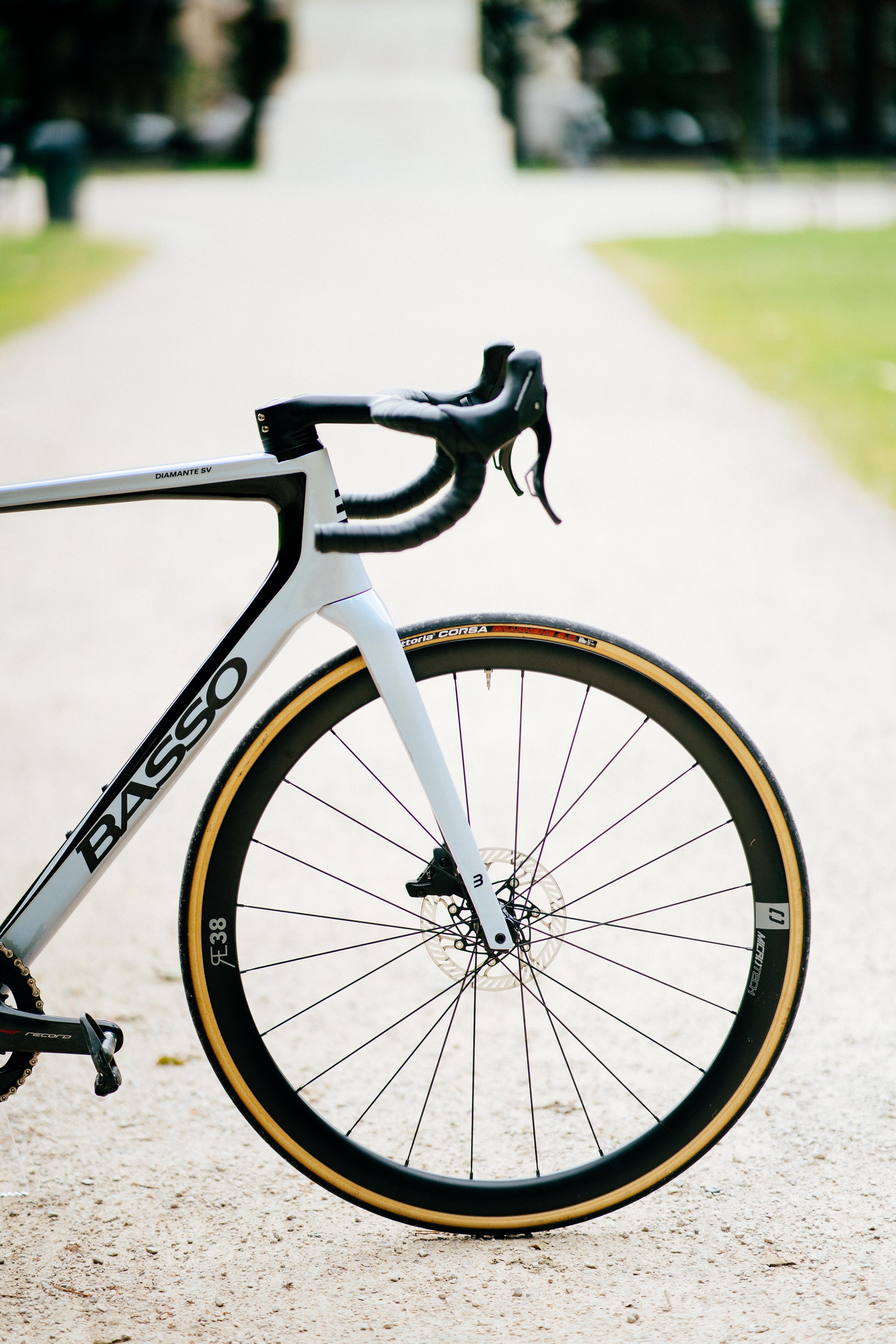
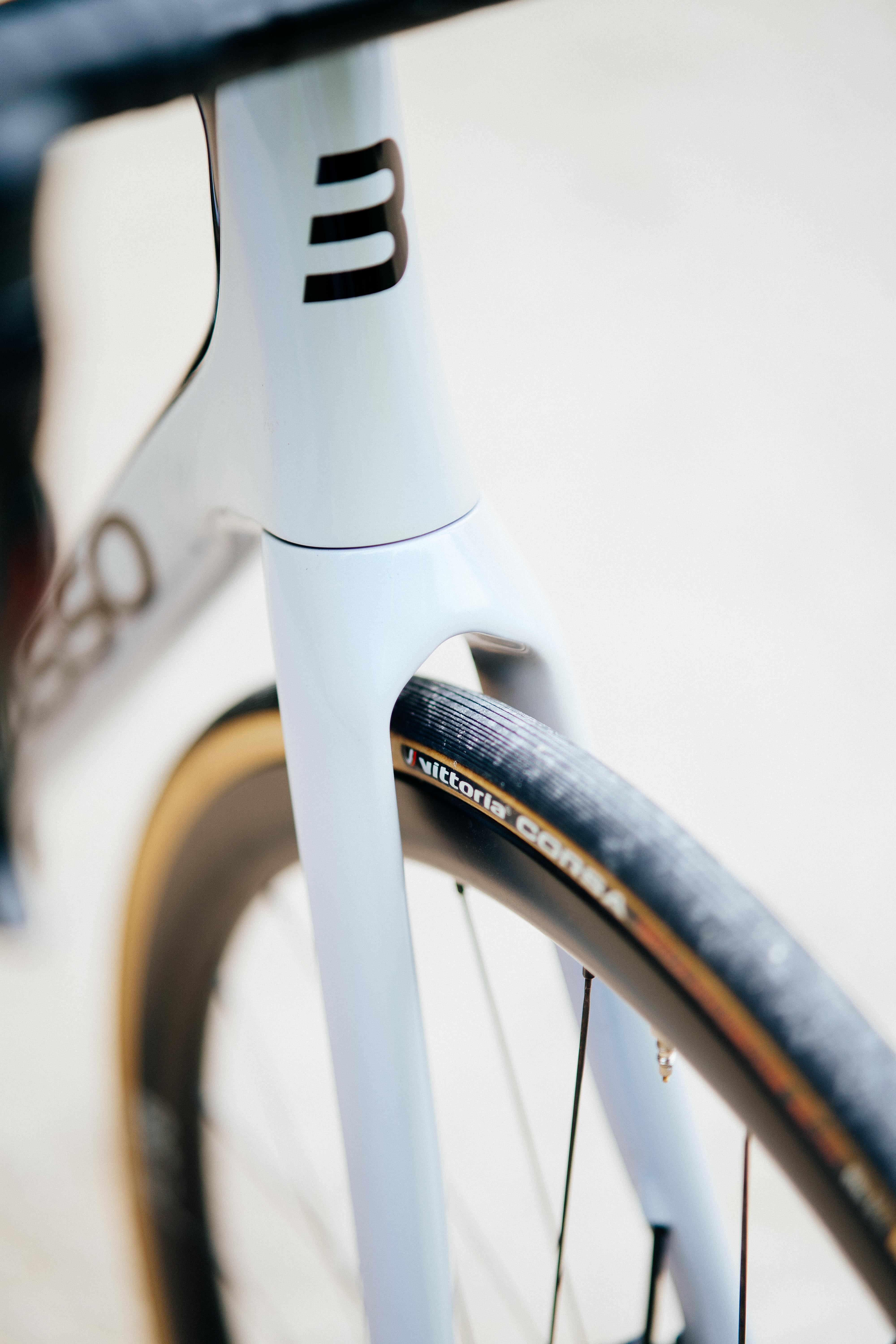
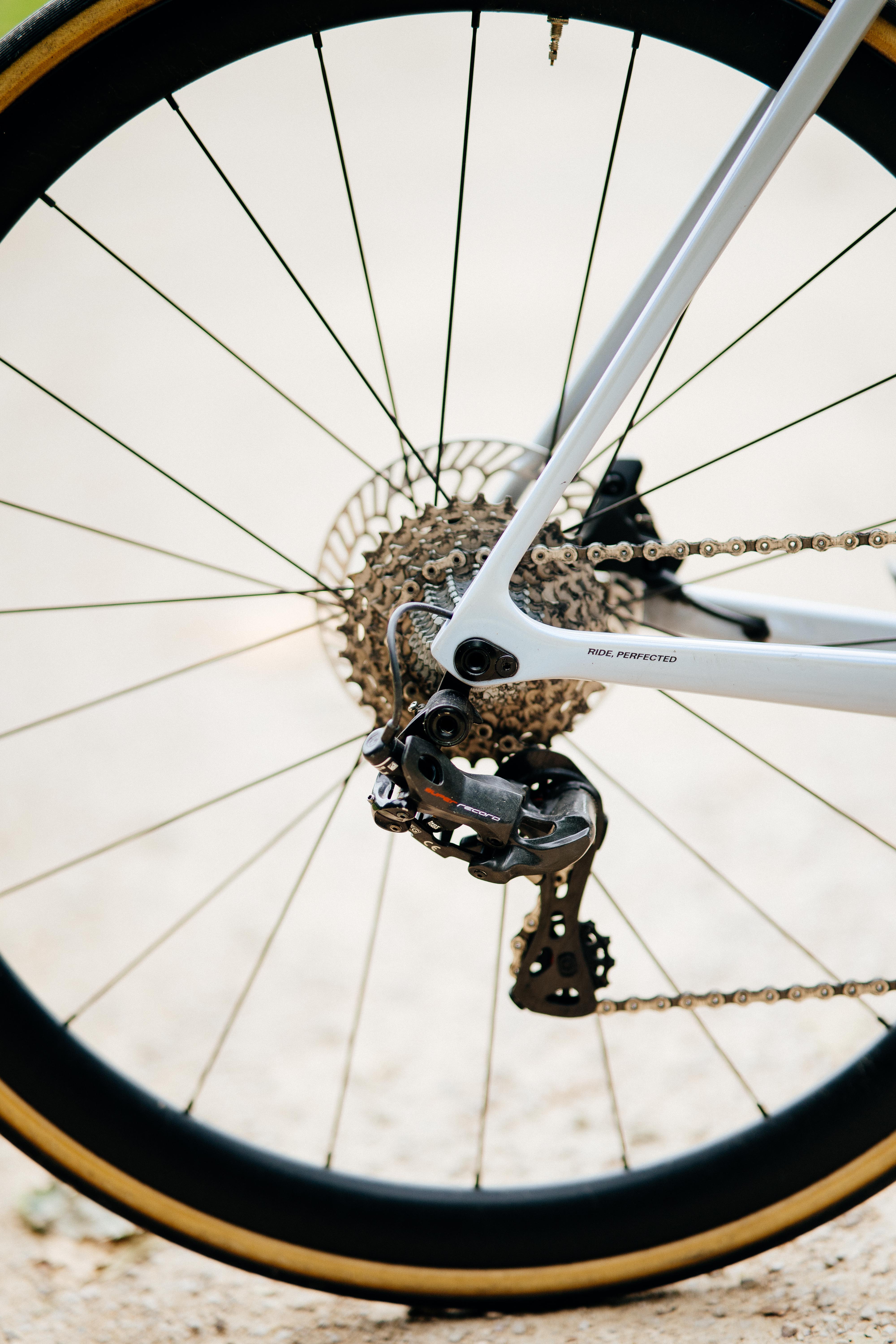
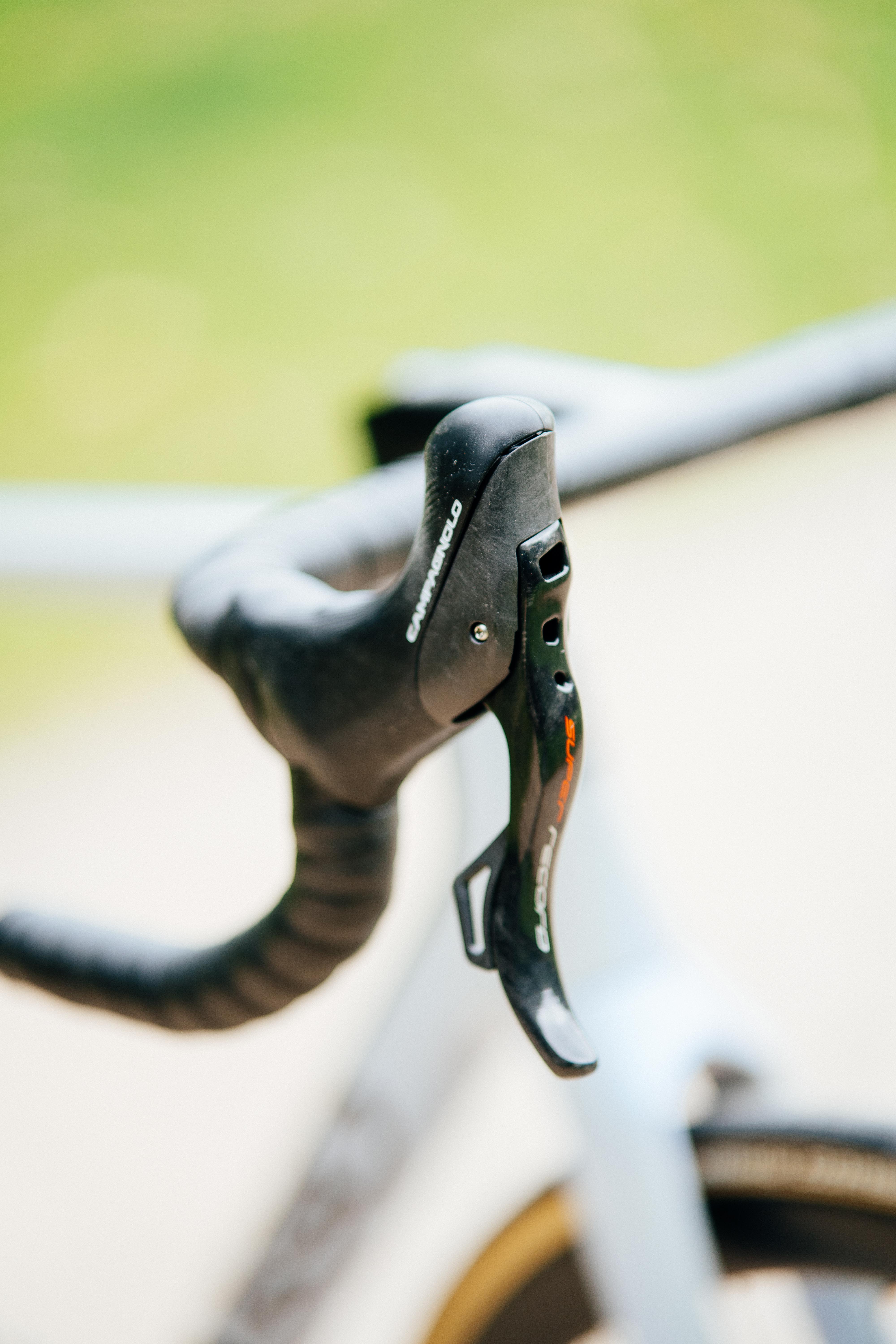
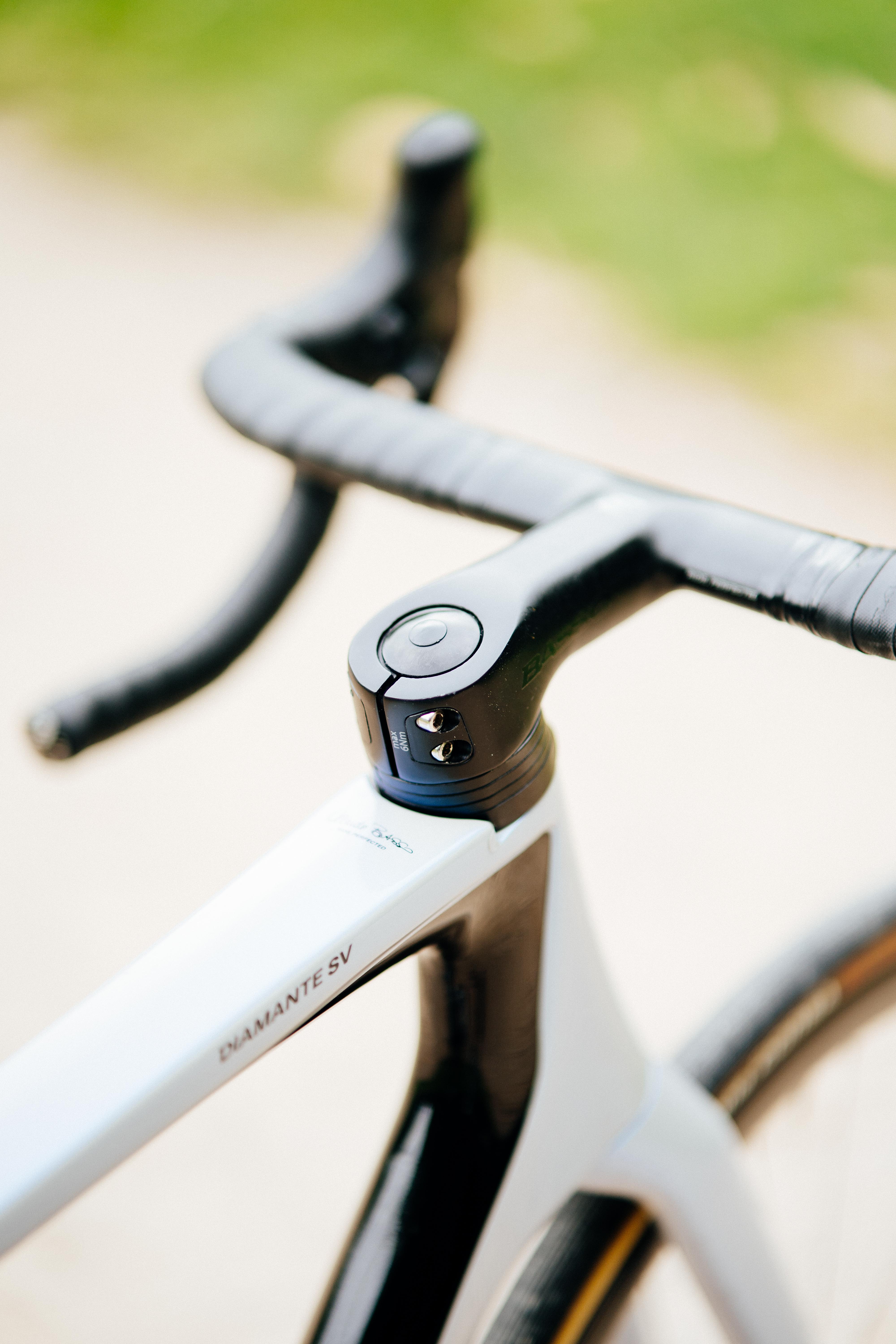
The paint is also rather special. Each of the four options is pearlescent, and this blue-white is moderately ethereal. It’s also glossy, which is better in my book as it’s easier to clean. It also better matches the gloss of the Super Record EPS groupset, and as I will get onto it would also match the high gloss of a set of Campagnolo Bora WTO wheels.
The cockpit is available in widths down to 38cm, though only with stem lengths of 80 or 90mm, but at the largest end you can get a 130mmx44cm option at the other extreme. The cockpit itself is fine, though I don’t particularly like the bulbous clamp area, and while I don’t mind the fact that the drops point every so slightly downward, cocking your wrists forward, it may not be to everyone's tastes.
What I do take issue with, and it’s a pretty big issue, is that the front end creaks under load. It’s something that happened with the Venta R, and I put it down to maybe a QC issue on an initial run. The same thing happened here, though, and I’m also aware of it happening on other models sent to other publications.
Even with appropriate fibre grip paste, at the correct torque the bars could easily spin independently of the front wheel. I called Basso to ask about the creaking, and having deduced that it was likely the expanding bung in the steerer I was told that that component had ‘no maximum torque’. I can't tell you how much I had to do the bung up, even slathered in fibre grip itself, to quiet the front end, because it’s more than I was willing to put my torque wrench through.
If you’ve spent three grand on a bike this would be annoying, and lead to a feeling of insecurity given how catastrophic fork failures can be. On a bike that’s nearly four times that price, it’s essentially unforgivable. Yes, creaks happen, but nearly every other bike brand out there has at least managed to ensure that it’s usually just the bottom bracket and not the cockpit that creaks.
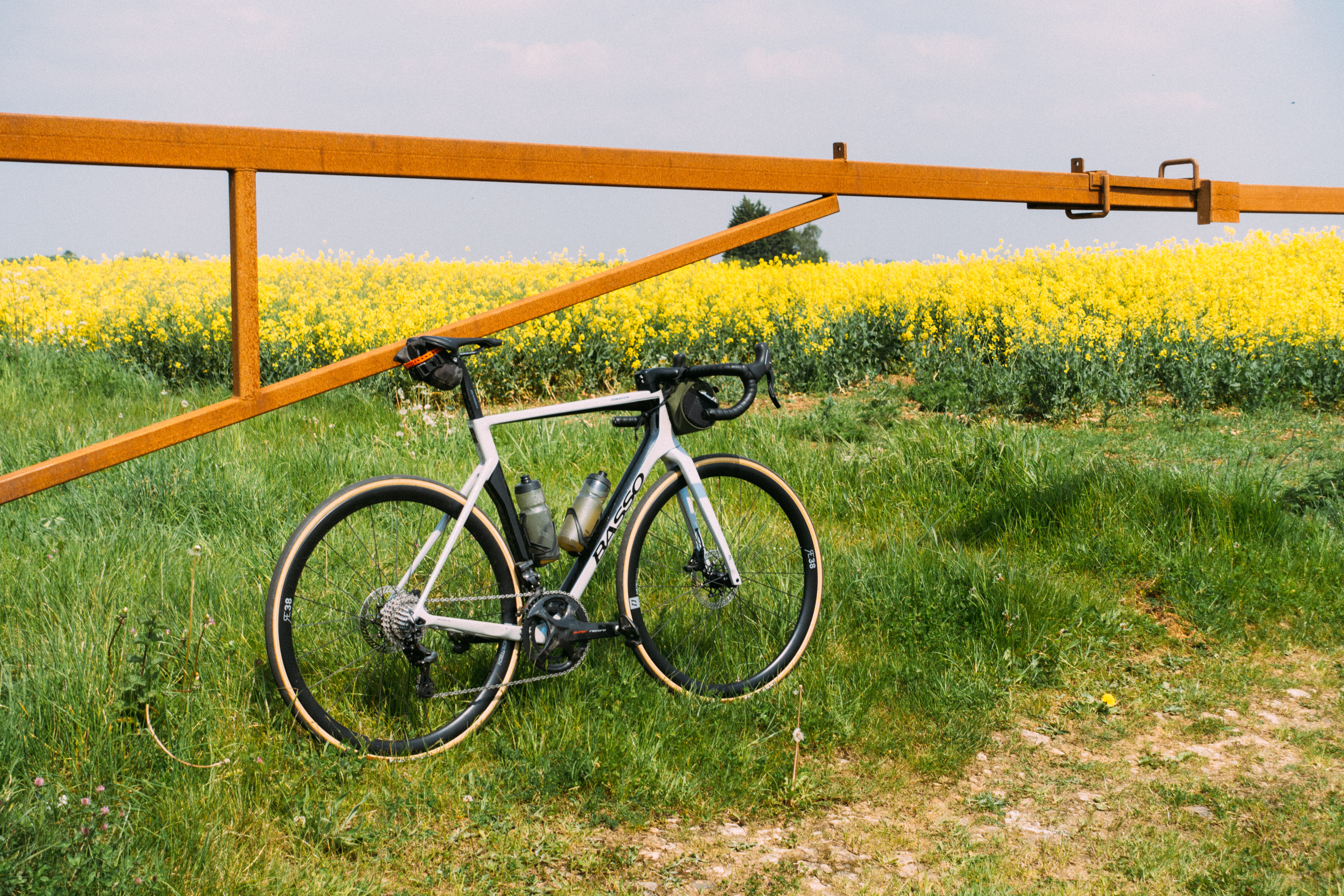
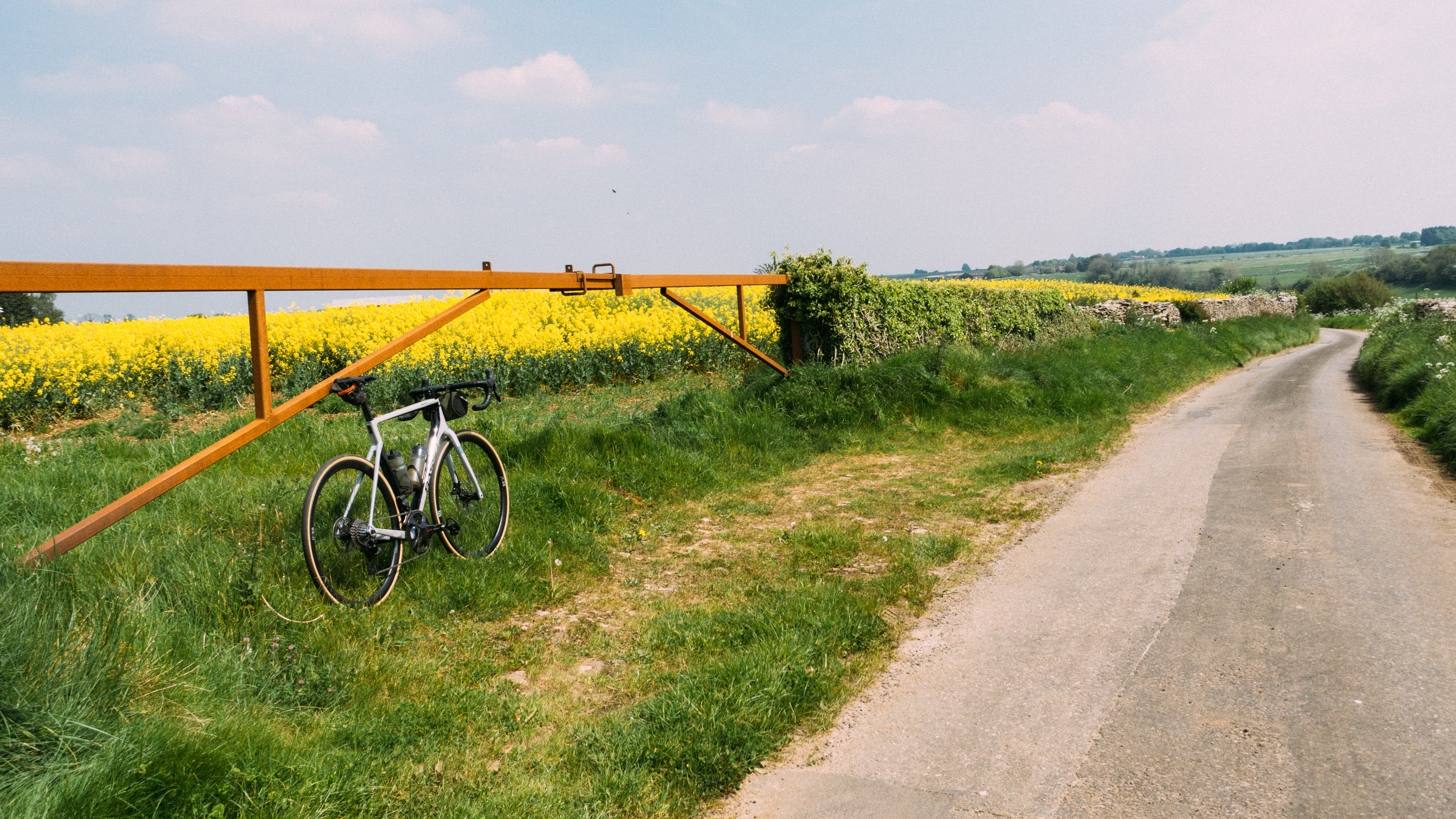
Performance
Setting aside the creaky front end the Diamante SV is an absolutely gorgeous bike to ride. The ride characteristics are among the best I’ve tried. It doesn’t have quite that unstable, racy edge that a pure racer has. I’m thinking primarily of the handling of the Specialized Tarmac SL8 or the Canyon Ultimate. Like many Italian bikes (primarily Colnago in this instance) it is a little more mellow than those from elsewhere, but while I found the Colnago V4Rs a little sedate in terms of handling, the Diamante SV is on the money.
Cruising around while just mile munching it has none of the bite-your-head-off characteristics that often make for an uneasy time. In truth, it feels like an endurance bike, dressed up in the trappings of racing. Don’t take this as a negative, because it isn’t. The handling, especially downhill when high speeds can often make more aggressive bikes feel jittery, is superb. It’s balanced, planted, and sure-footed, but not dull. It feels a lot like the Pinarello F7 that I tested last year.
What really struck me was how gentle the bike felt. The supple Vittoria Corsa Pro tyres help a lot here, even though they are the previous non-tubeless model, but unlike many top flight bikes where I often felt like I had to ride it on the limit in order to do it justice, the Diamante was far more forgiving of and far more enjoyable to just cruise around on. Long, meandering rides in the sun are where it felt most at home. You can throw it into a chicane and feel like a racer, and then sit up to take in the view afterwards.
On the flat, you can notice the difference between it and a true aero-optimised machine, but I don’t think that’s really what this bike is about. It doesn’t claim to be a watt-saviour, and I think it’s all the better for it. It retains that intangible Italian-ness that basically only comes from ignoring performance in pursuit of aesthetics.
Descending on it is sublime. Where something like the V4Rs only came alive over about 50kmh, this felt self-assured enough to hang on up to bananas speeds… or it would if I didn’t have a voice in the back of my head constantly reminding me of how much bloody torque I’d put into the expander and reminding me how fast my face would grate away if met with tarmac at 70kmh. It really did detract from the experience I'm afraid to say.
The tall seat tube means there is little saddle stick up, though the carbon seat post is actually pretty comfortable as long as you’ve got a saddle that suits you. The bars are also pretty ergonomic, and while they were far too wide for my liking you can spec them narrower so no minus points there.
The wheels are where things perhaps start to go awry. I suspect I may never get to a point in my life where I can drop this much money on a bike, but if I ever get there (runaway inflation aside) I would really hope to not have own brand wheels. The Microtech wheels that come fitted are in their own right perfectly okay, but running an Italian superbike with Super Record EPS and own brand wheels, however, okay they are, is a little like turning up to your own wedding in a custom suit, a tie that matches the decor, and a set of flip flops.
You can spec this bike with Bora WTO wheels, which are probably an excellent fit, though I have yet to ride a set. In my capacity as some sort of strange wheel sommelier, I think the Hyperon Ultra wheels would actually be a better bet. Sack off the aero claims, and run a set of shiny hoops that should counterpoint the rest of the bike wonderfully. Super stiff, whippy, and enough to sharpen up the handling a touch.
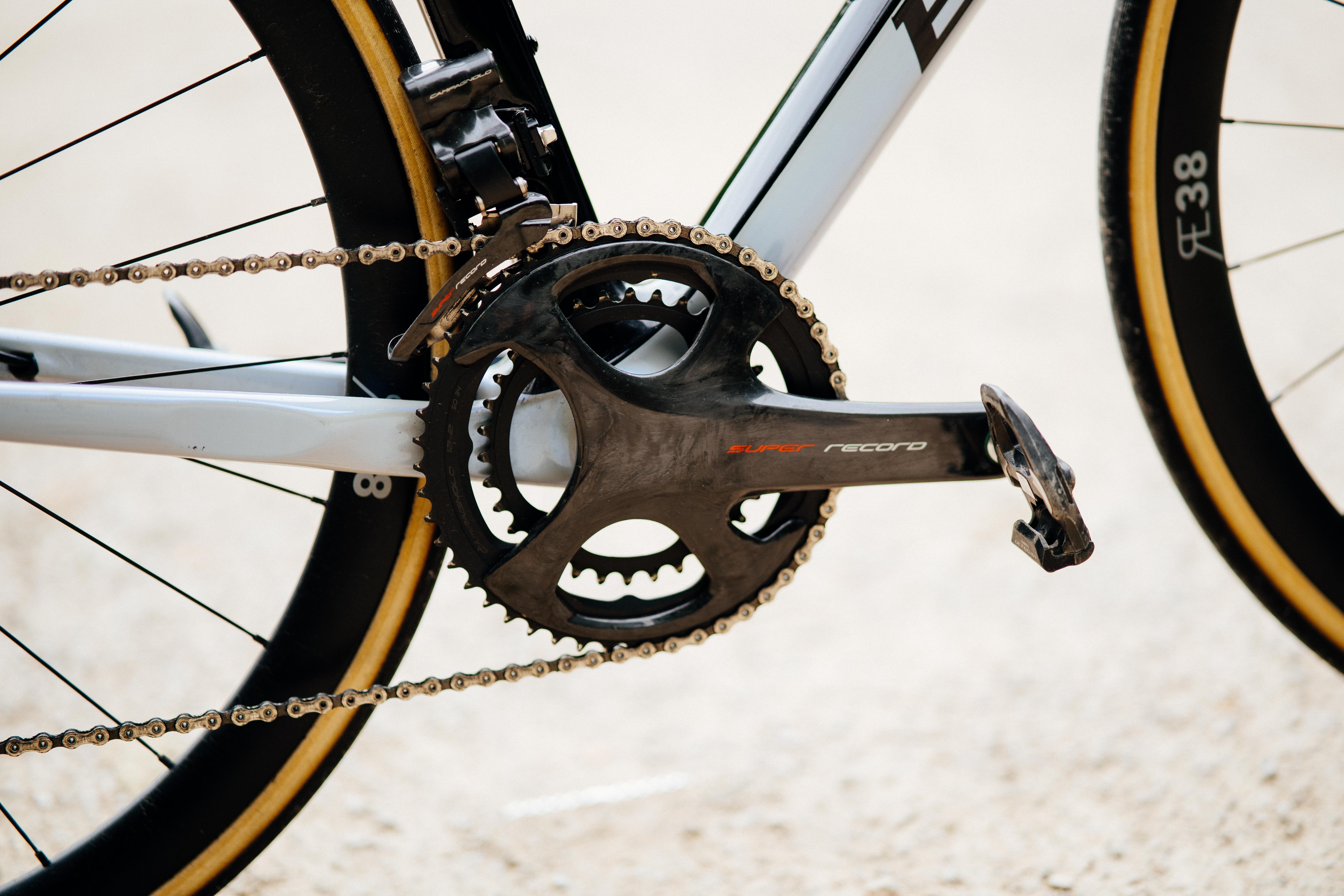
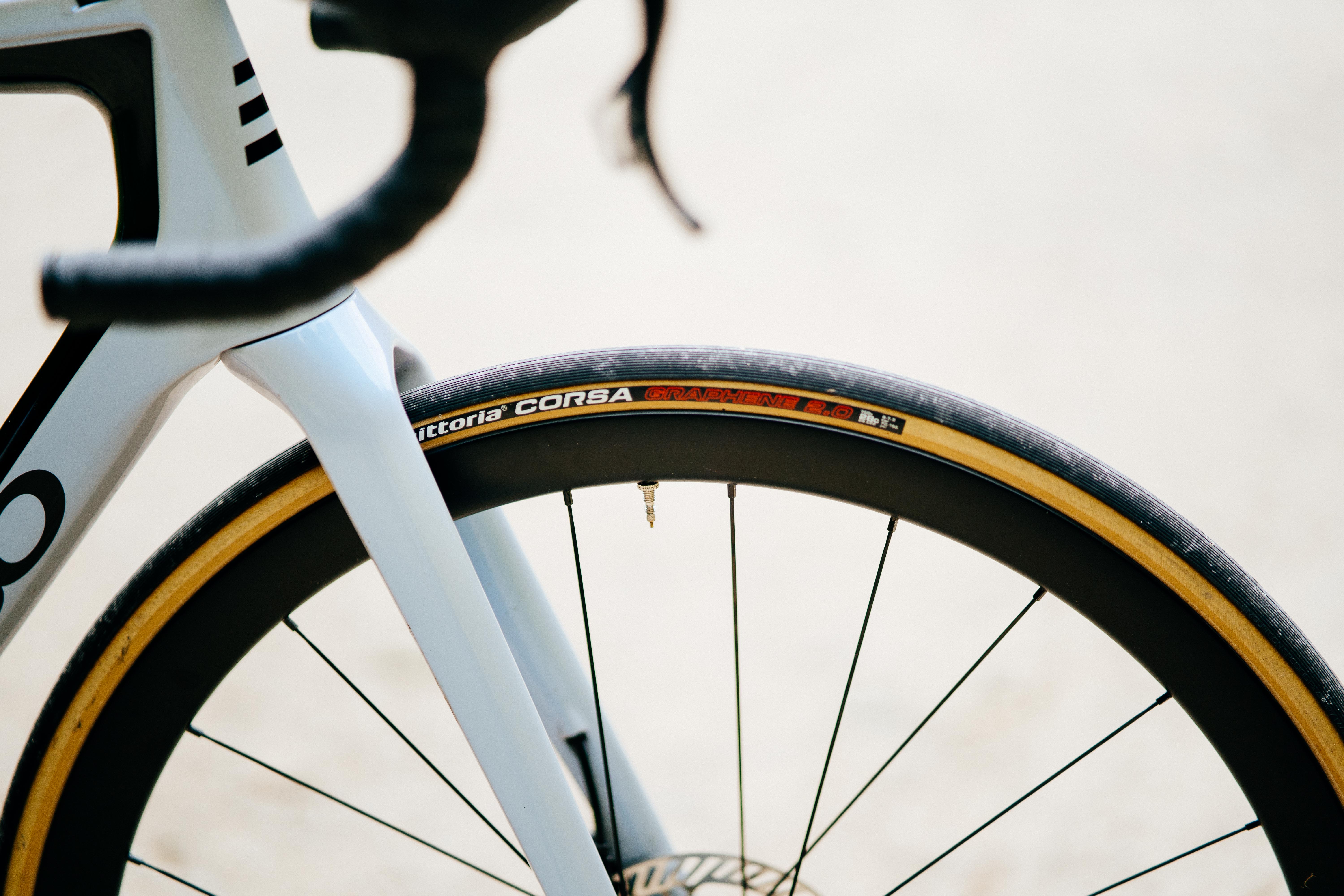
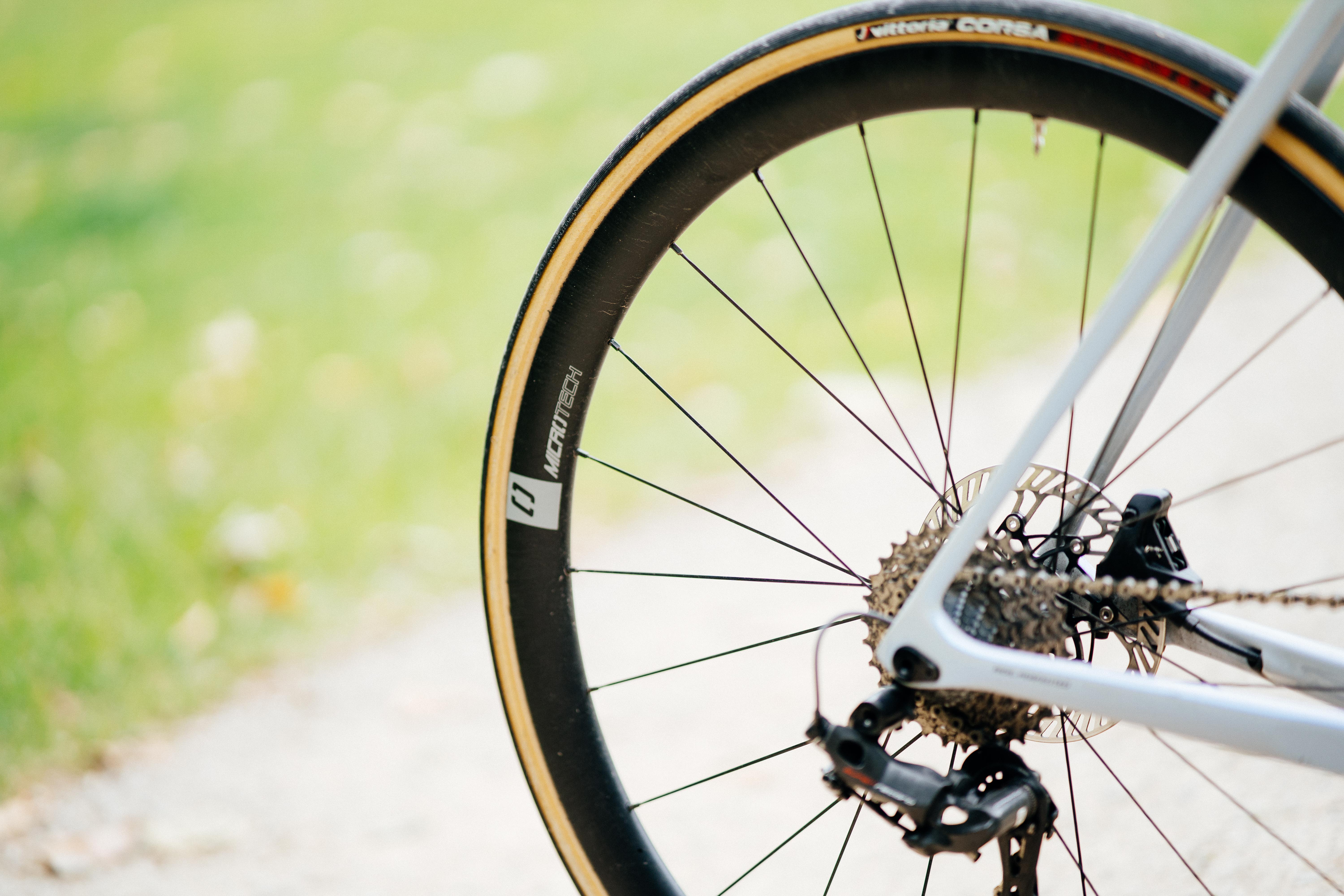
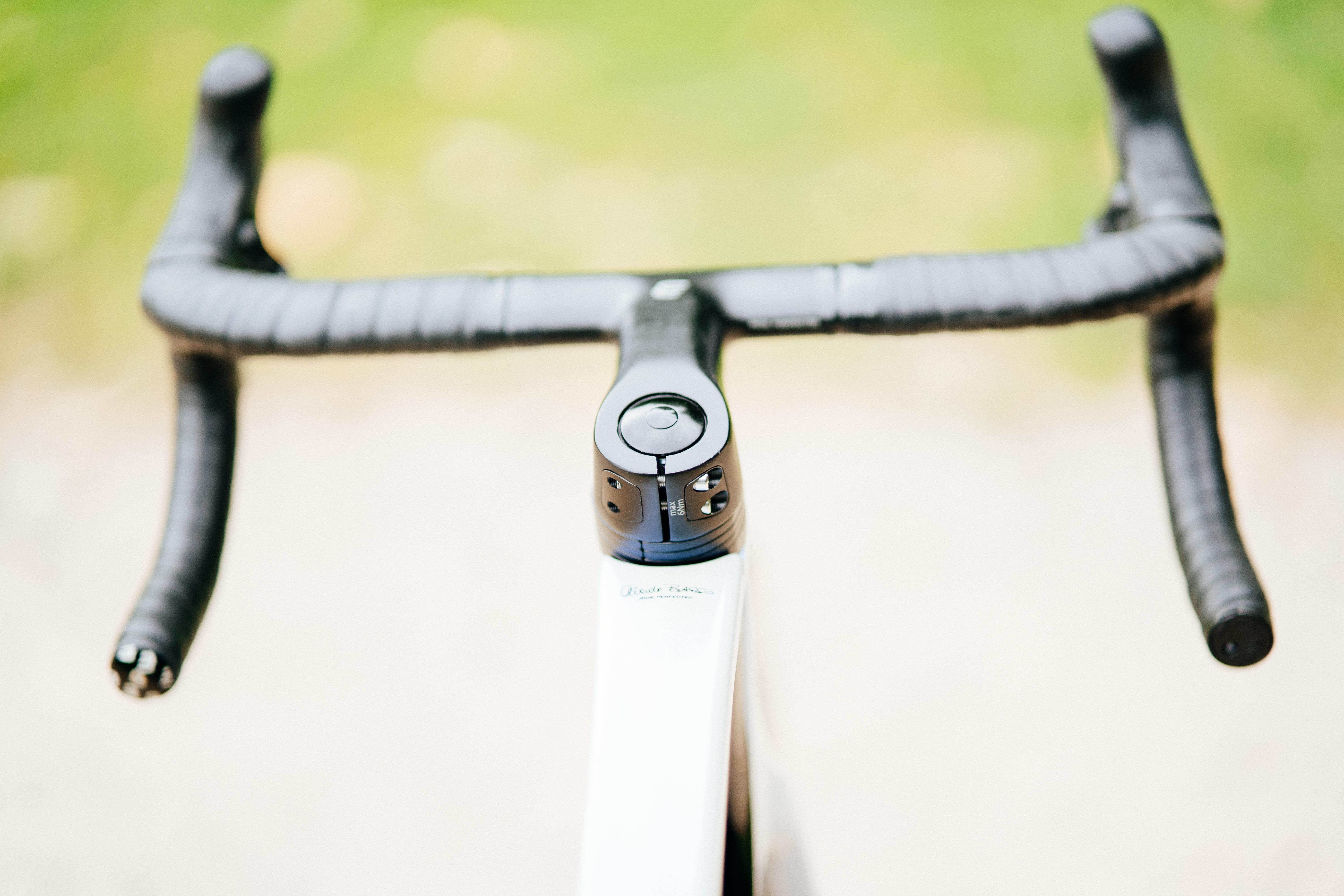
Value
Don’t bite my head off here, but I think this is actually a good-value bike. It’s furiously expensive and if you want bang for your buck then some direct-to-consumer brands will certainly offer you better value, especially with Shimano or Sram componentry.
However… If you’re looking at buying a Basso Diamante it’s because you want to buy a Basso Diamante. I’m going to go out on a limb and suggest you probably don’t give a hoot about wattage savings, and to you, it’s more about aesthetics, and that intangible Italian superbike-ness that I touched on earlier. The Colnago C68 has it, and that is probably the benchmark for silly money Italian bikes. The Pinarello Dogma doesn’t. Its image has been sanitised to quite a large degree by the Ineos partnership.
The Basso Diamante has it in spades, and it’s cheaper than the Colnago, even with a set of Bora WTO wheels, so pay the upcharge of £900 and just have done with it. How do I know it has it in spades? A local graffiti artist remarked how fancy it looked. Non-cyclists will instinctively know it’s special, you’ll know it’s special, and while the ride is pretty wonderful, the specialness is up there with the Colnago C68 for less money. That’s what you're paying for.
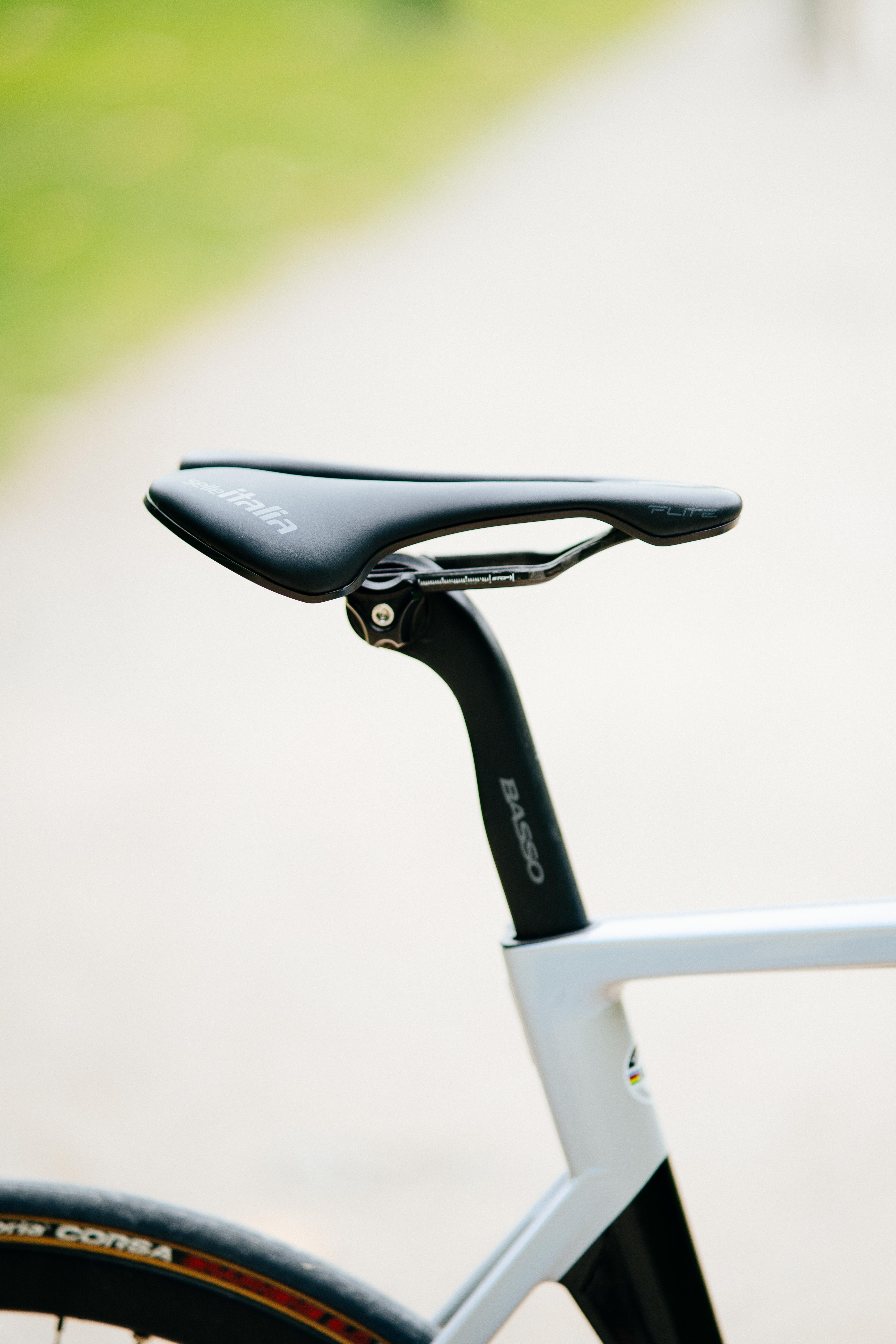
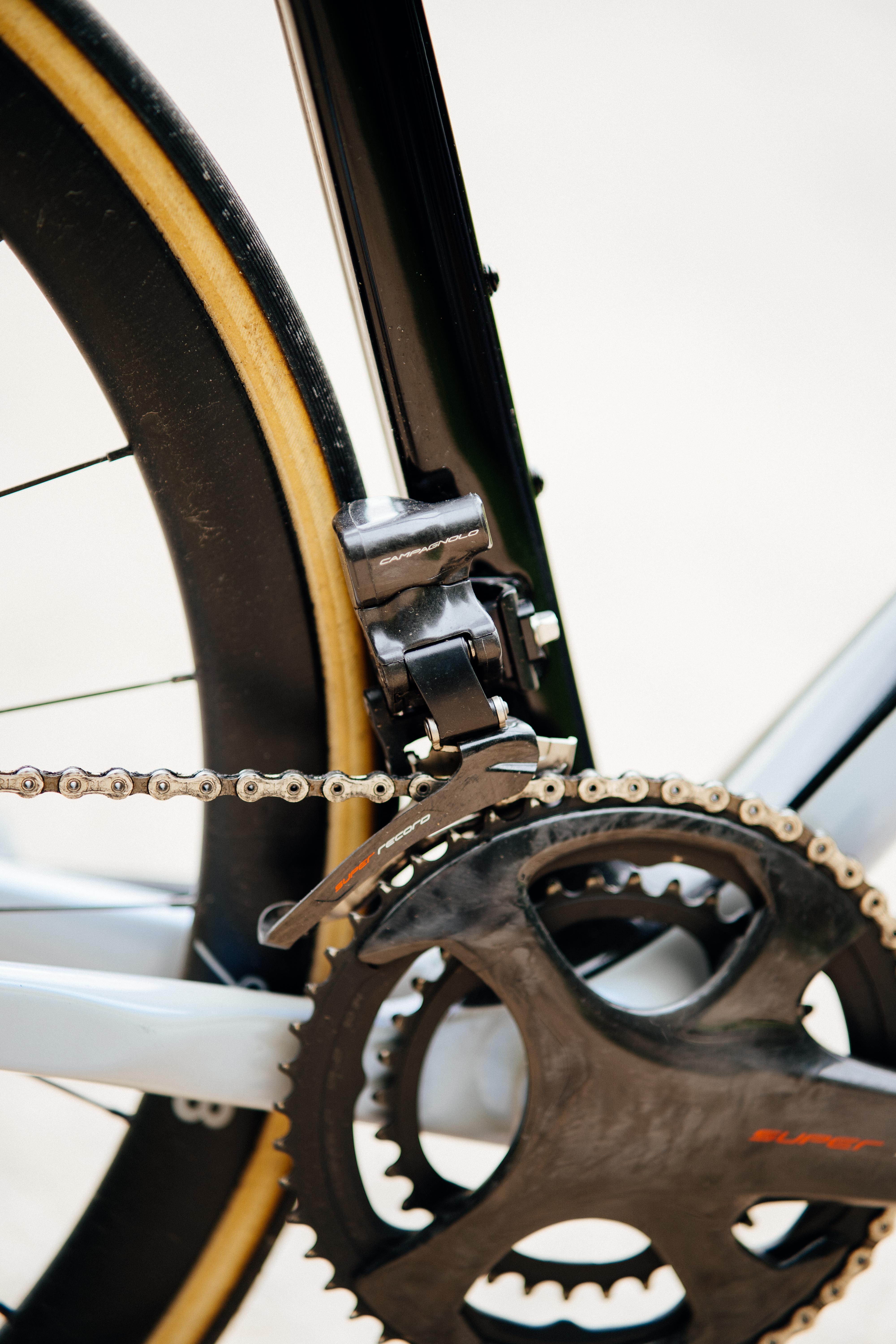
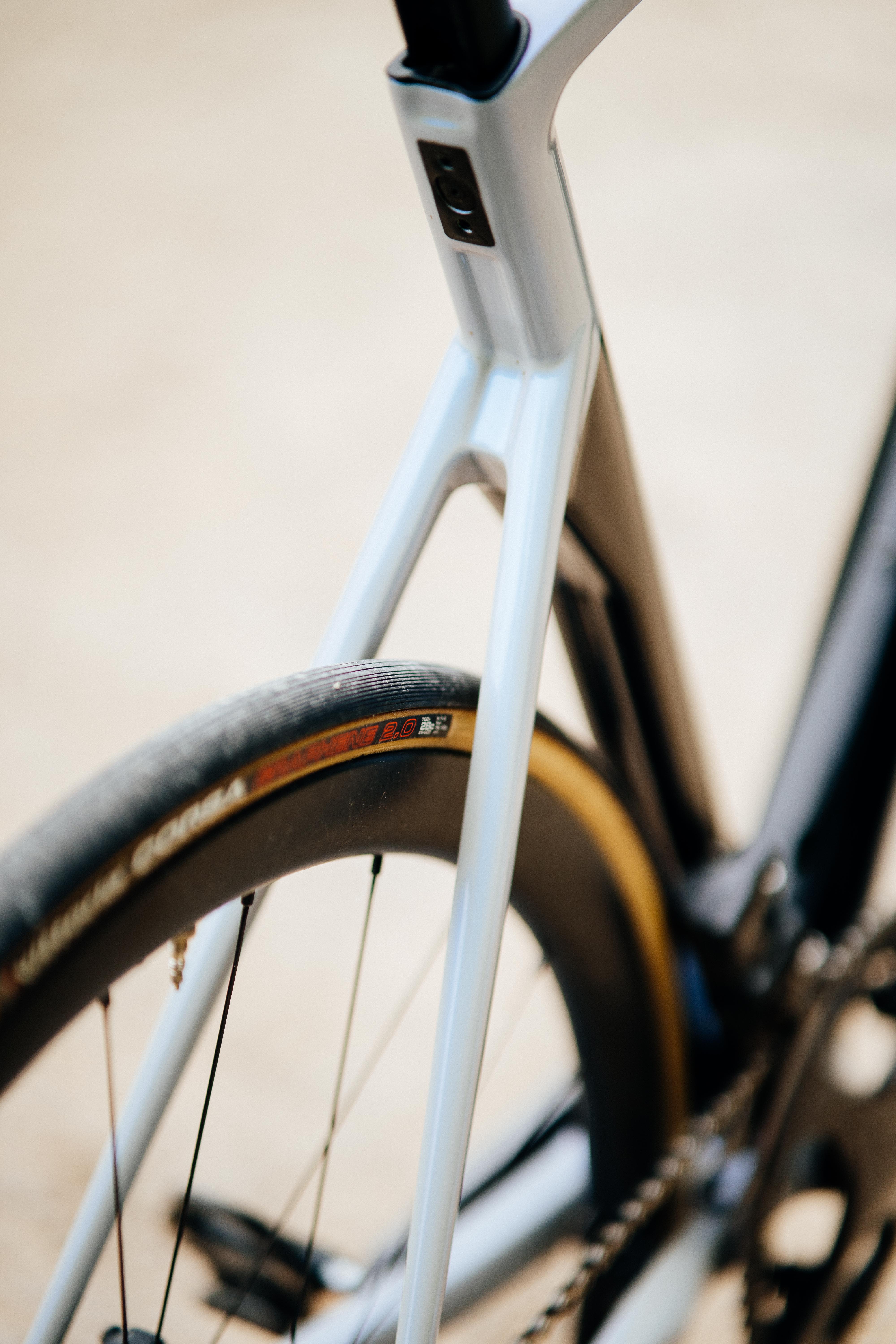
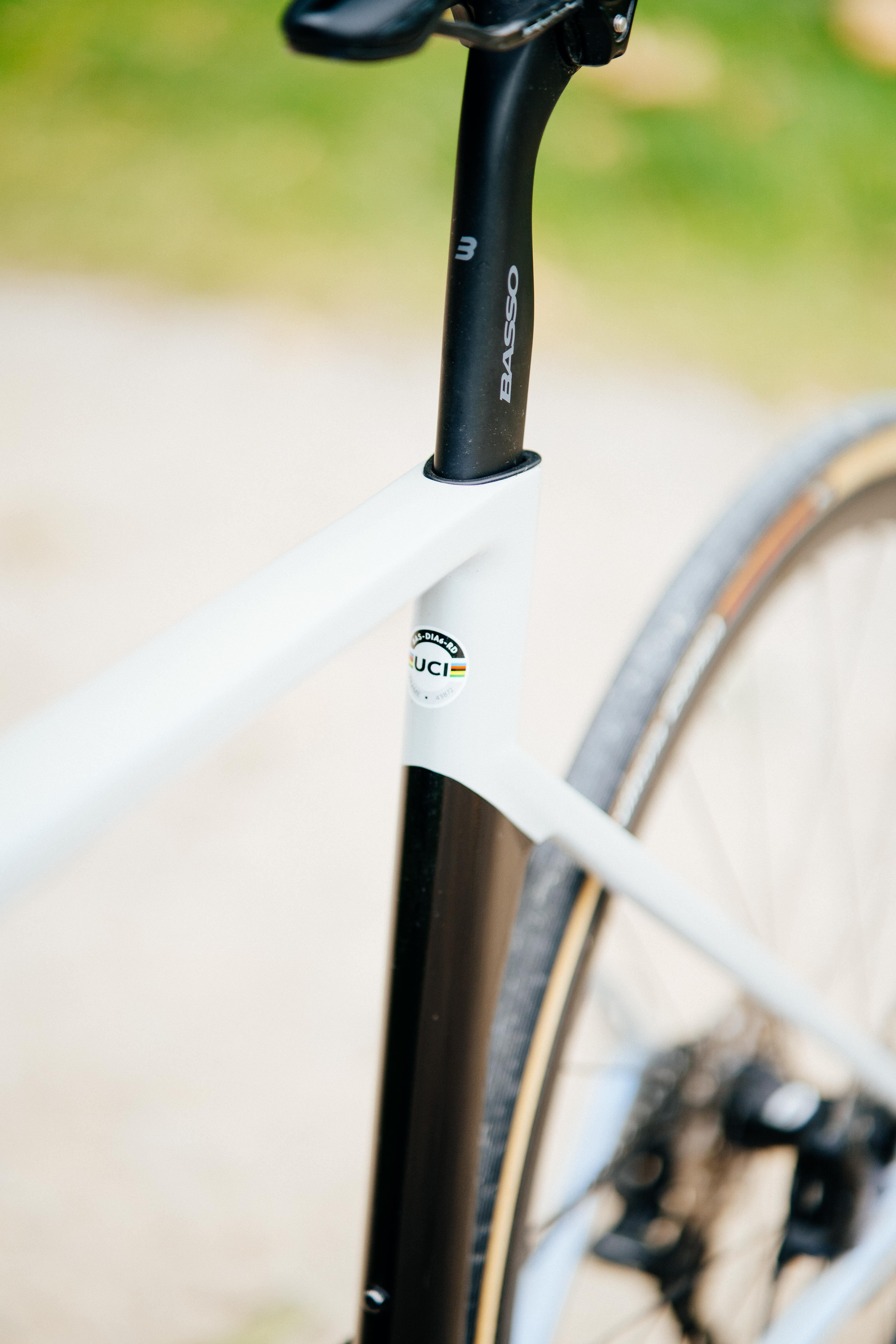
Verdict
The Diamante SV from Basso is a very good bike. It has a wonderful set of handling characteristics that err towards the gentle rather than aggressive and would be complemented better by a stiff, premium set of Campagnolo wheels to match the groupset and liven things up just a hair. The creaky front end is sadly a real black mark, and the solution of just tightening the bung until it shuts up feels pretty wild to me - it doesn’t pass the sniff test.
Regardless, I still greatly enjoyed riding it. If I was in the enviable position to spec one myself I’d ditch the Basso cockpit and the own brand wheels, slap a set of Hyperons on, and choose a cockpit that suits your fit and ergonomics.







